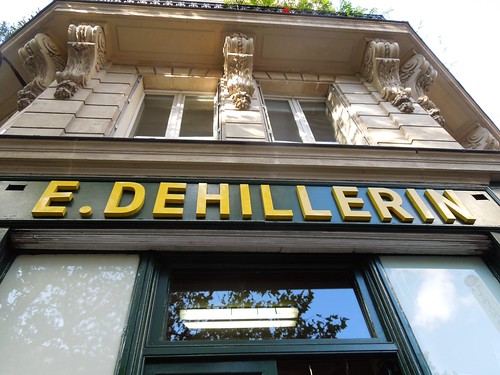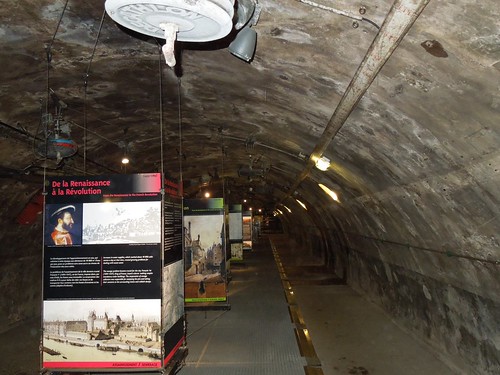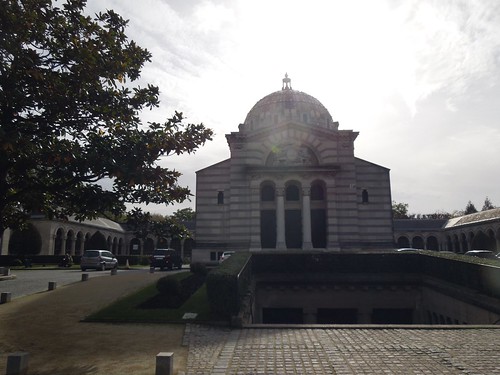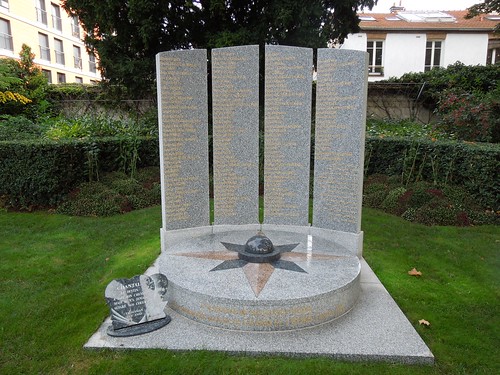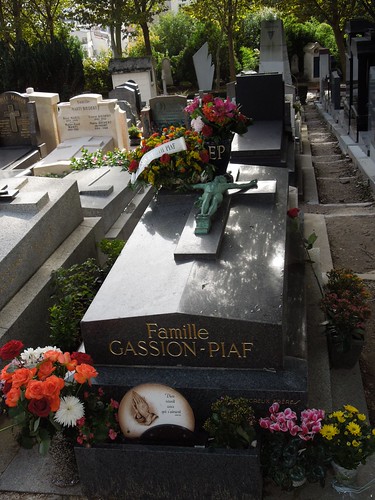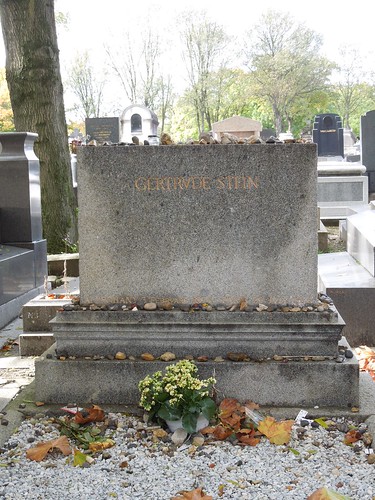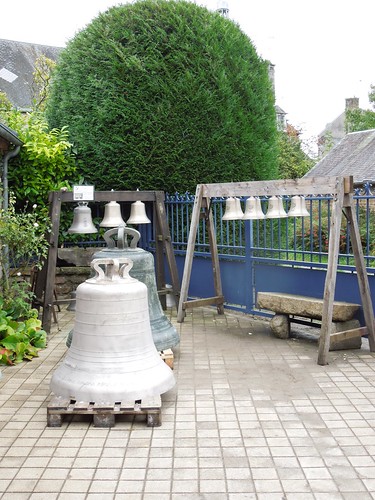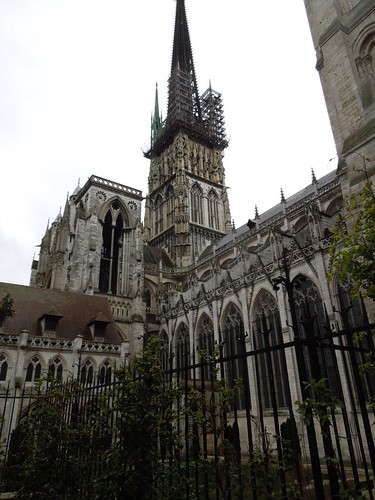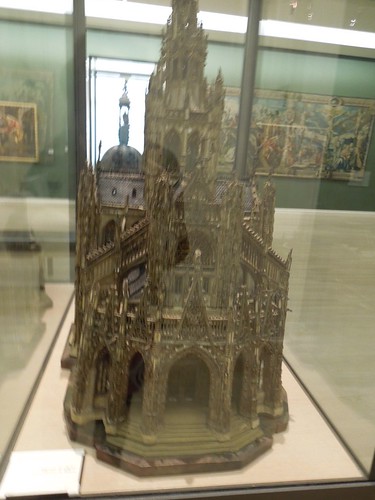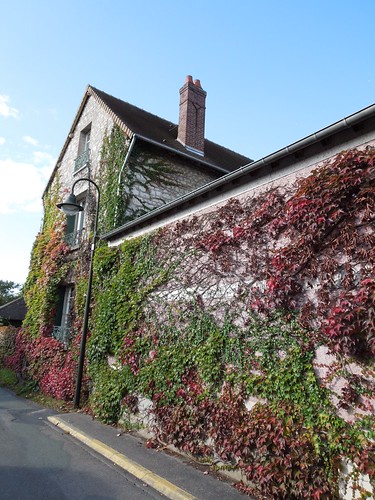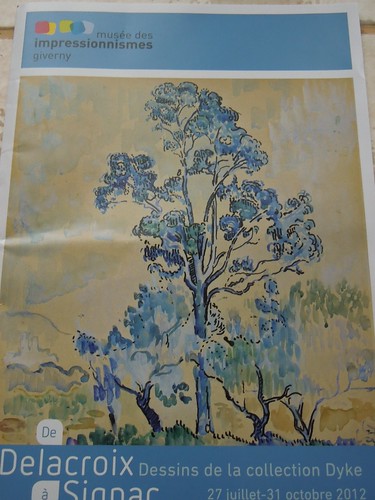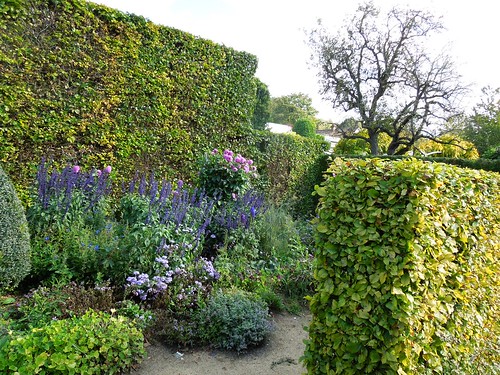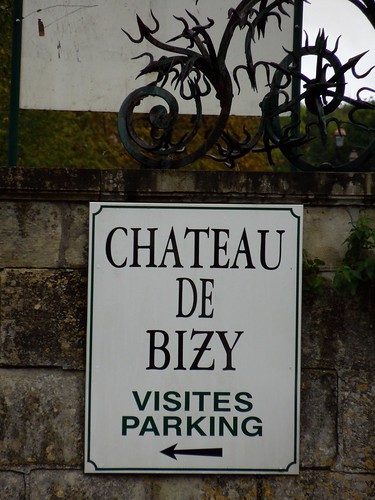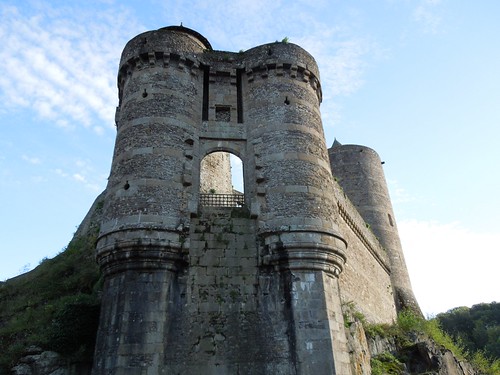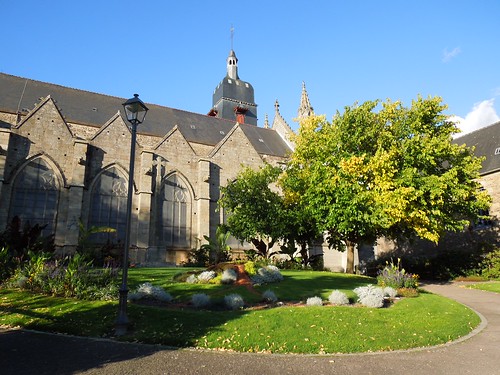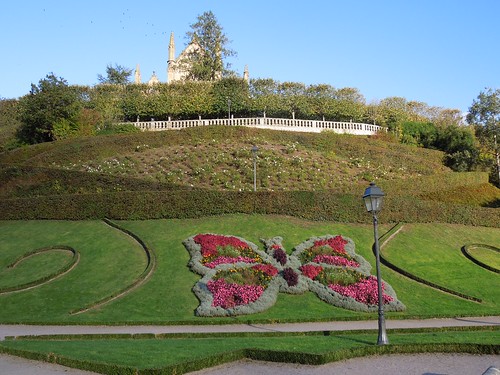Paris is a 2 1/2 hour train trip from our Normandy location. We departed on a Monday to see the Opera that evening. The day was beautiful, and we decided to walk around the city.
Touring the Paris Sewer System.
We descended into the depths of Paris to discover a "city beneath the city". Hugues Aubriot, merchant provost, introduced the first vaulted sewers at the end of the 14th century. Michel Etienne Turgot, father of the future finance minister, had the main ring sewer built under Louis XIV. Bruneseau, a friend of Victor Hugo, was commissioned to make an exhaustive survey of the existing sewer network by Napoleon. The sewers were improved in 1823.
Until the Middle Ages, the drinking water in Paris was taken from the river Seine. The wastewater was poured on to fields or unpaved streets, and finally filtered back into the Seine. Under the reign of Louis XIV,a large ring sewer was built on the right bank, and the Bievre river was used as a sewer on the left bank. Napolean I, had the first vaulted sewer built. Thus was built, more than a century ago, a double water supply network, one for drinking water and one for non drinking water, and a sewer network is now 1300 miles under the city that is still used today.
THE PARIS OPERA
The Paris opera was established in 1669 by Louis XIV, who was a dancer, and one of the great architects of the baroque ballet which later evolved to classical ballet. The newer opera house, the 2700 seat Opera Bastille was built in 1989. The Paris opera has a significant budget 200Million Euros - 100million by the state government, and 70million by box office receipts.
"La Fille Du Regiment" by Donizetti. (The Daughter of the Regiment)
Donizetti occupied a transitional place between Rossini and Verdi. He was the link between two trends to which Italy owes its most authentic masterpieces. He composed 60 operas between 1816 and 1843. "La Fille Du Regiment" was originally written in French.
Natalie Dessay, the soprano, from France played the lead, Marie; Juan Diego Florez, the tenor, from Lima, Peru, played Tonio. It was an excellent performance.
Visiting the most interesting cemetary in the world.......
PERE LACHAISE.......
When it comes to name dropping this cemetary has no peer. It has been called the "grandest address in Paris". Sarah Bernhart,Oscar Wilde, Balzac,Delacroix,Maria Callas,Max Ernst and Bizet. Editth Piaf "the little sparrow" was buried here. Marcel Proust (who's 7 volume novel, considered the best of all time - "In Search of Lost Time", I am still trying to get through!!)
The cemetary is 109 acres. The city purchased it in 1804. The French Resistance , fighters of the Commune in 1871, the world's first anarchist republic, made their final desperate stand against the troops of the French government. They were overwhelmed, lined up against the wall, and shot in groups. A few survived and lived hidden in the cemetery for years.
We walked through the cemetary searching the graves of our favourite heros. We were provided a map as to where everyone was buried. Sort of like in Beverly Hills, a map of the stars' homes.
We visited the Foundry in Villedeau -les- Poeles where they are currently making new bells for Notre Dame in Paris. They will be in the bell tower in February of 2013. It takes 7 months to make one of these bells. This Foundry is one of the few remaining in the world.
